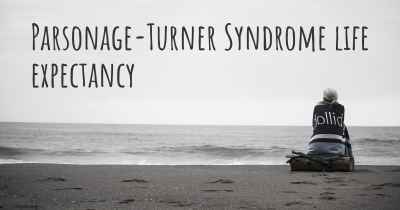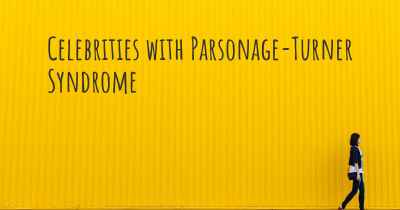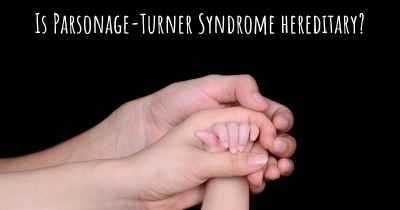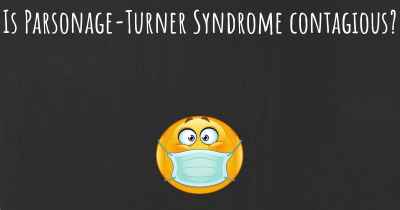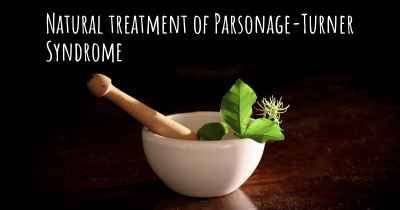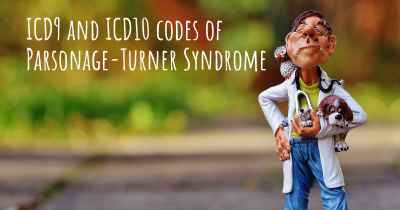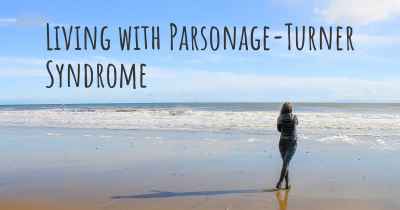Is it advisable to do exercise when affected by Parsonage-Turner Syndrome? Which activities would you suggest and how intense should they be?
See if it is advisable for people with Parsonage-Turner Syndrome to practice sports and which ones are the most recommended if you have Parsonage-Turner Syndrome
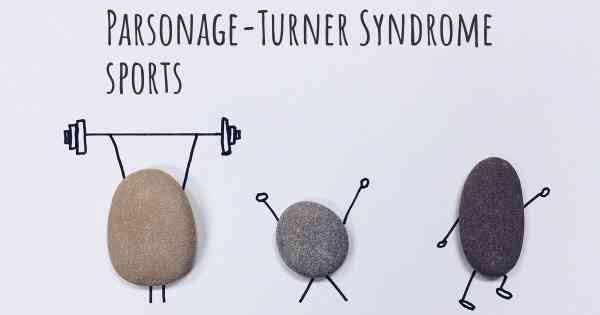
Exercise Recommendations for Parsonage-Turner Syndrome
Parsonage-Turner Syndrome (PTS), also known as brachial neuritis, is a rare neurological condition that affects the nerves in the shoulder and upper arm. It typically presents with sudden and severe shoulder pain, followed by weakness and muscle atrophy. While the exact cause of PTS is unknown, it is believed to be an autoimmune response triggered by an infection or injury.
When dealing with Parsonage-Turner Syndrome, it is important to approach exercise with caution. The severity and duration of symptoms can vary from person to person, so it is crucial to consult with a healthcare professional before starting any exercise regimen. They can provide personalized advice based on your specific condition and limitations.
Benefits of Exercise for Parsonage-Turner Syndrome
Engaging in appropriate exercises can have several benefits for individuals with Parsonage-Turner Syndrome:
- Pain management: Exercise can help reduce pain and discomfort associated with PTS by promoting blood flow, releasing endorphins, and improving overall muscle function.
- Improved range of motion: Gentle stretching and range-of-motion exercises can help maintain and improve flexibility in the affected shoulder and arm.
- Muscle strength and stability: Targeted exercises can help rebuild muscle strength and stability, which may have been compromised due to the condition.
- Psychological well-being: Regular exercise can have positive effects on mental health, reducing stress and anxiety often associated with chronic conditions like PTS.
Recommended Exercises for Parsonage-Turner Syndrome
When selecting exercises for Parsonage-Turner Syndrome, it is crucial to prioritize safety and avoid activities that may exacerbate symptoms. Here are some recommended exercises:
- Range-of-motion exercises: Gentle movements that focus on increasing the range of motion in the affected shoulder and arm can be beneficial. These may include pendulum swings, shoulder rolls, and wall crawls. Start with small movements and gradually increase the range as tolerated.
- Stretching exercises: Stretching can help maintain flexibility and prevent muscle tightness. Perform gentle stretches for the shoulder, neck, and upper back muscles. Hold each stretch for 15-30 seconds and repeat several times.
- Strengthening exercises: Once pain and inflammation have subsided, it may be appropriate to incorporate strengthening exercises. Begin with low resistance or bodyweight exercises and gradually progress. Examples include shoulder shrugs, bicep curls, and tricep extensions.
- Low-impact aerobic exercises: Engaging in low-impact activities like walking, swimming, or cycling can help improve cardiovascular fitness without placing excessive stress on the affected shoulder and arm.
- Posture exercises: Maintaining good posture is essential for individuals with Parsonage-Turner Syndrome. Perform exercises that focus on strengthening the muscles responsible for proper posture, such as scapular squeezes and shoulder blade retractions.
Exercise Intensity and Progression
The intensity of exercise for Parsonage-Turner Syndrome should be individualized and based on the individual's pain tolerance and functional abilities. It is crucial to start with low-intensity exercises and gradually increase the intensity as tolerated.
Listen to your body and avoid pushing through severe pain or discomfort. If any exercise causes a significant increase in pain or worsens symptoms, it is essential to stop and consult with a healthcare professional.
Remember to warm up before exercise and cool down afterward to prevent further injury and promote recovery. Applying ice or heat to the affected area after exercise may also help reduce inflammation and manage pain.
Conclusion
While exercise can be beneficial for individuals with Parsonage-Turner Syndrome, it is crucial to approach it with caution and seek guidance from a healthcare professional. They can provide personalized recommendations, considering the severity of your condition and individual limitations. Remember to start slowly, prioritize safety, and listen to your body throughout the exercise routine.
Posted Oct 8, 2017 by Lorene 900
Posted Apr 19, 2018 by Donna 2500
